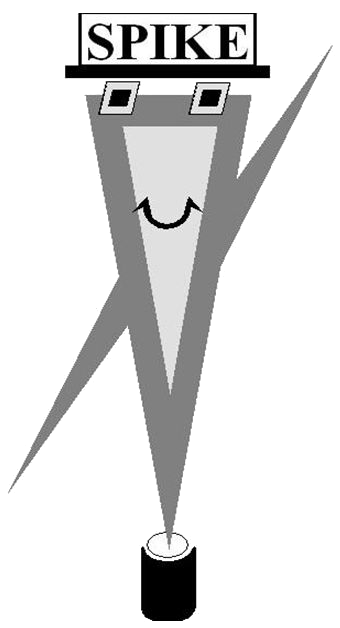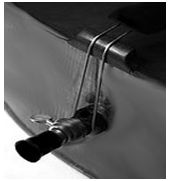
THE BASS END-PIN
The Bass End-Pin functions just like the Cello End-Pin. There is an adjusting screw, and the rod retracts into the body of the instrument. Basses often suffer a lot of needless damage due to the tendency for the bottom of the instrument to rest incorrectly on the floor. Cellos and Basses should never get kicked-around.
The sides of the instruments are quite fragile, and are called ribs. The very thin wood from which the ribs are made is steamed in order to allow the ribs to be bent into shape. This slow, controlled, warping of the rib wood is necessary in order to shape them to match the form of the bouts to which they are attached. Instrument construction is fascinating!

The Bass does not sit directly on the floor when in playing-position, but while learning to play, you do begin with bass resting on the floor on its side. It is best not to adjust the end-pin at this point – most often the end-pin placed in the fully retracted position works perfectly fine for most students when learning to play.
The primary function of the bass end-pin is to raise the instrument off the floor so as to protect the instrument and to raise it to the most comfortable playing-position for you.
Now let’s learn about the three bass-location reference points that Q mentioned to you earlier.




